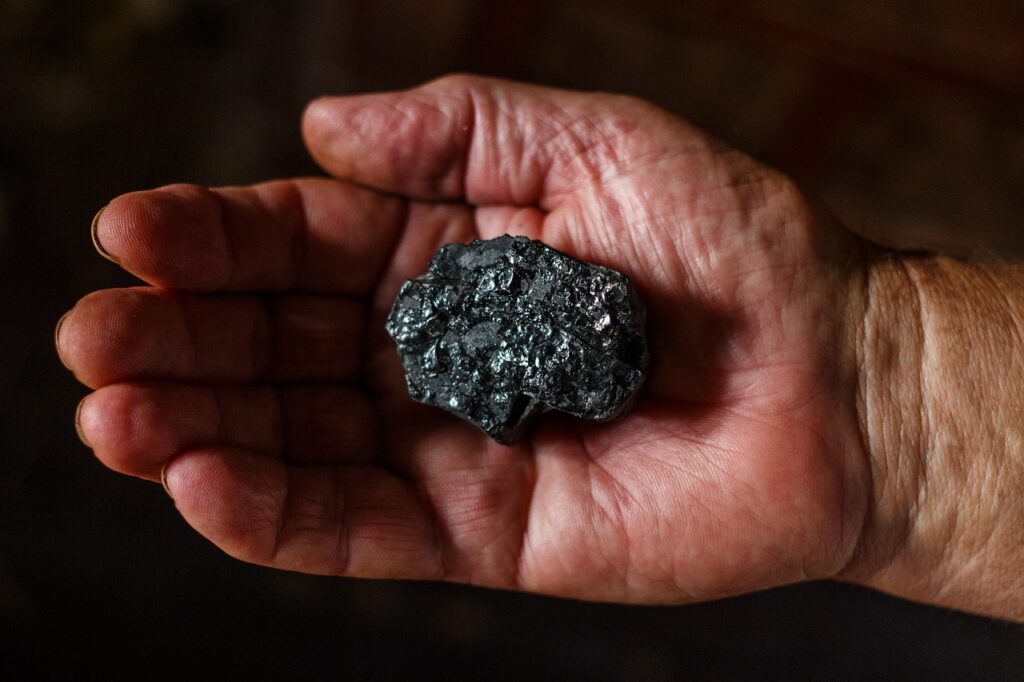Regardless of the industry that your company operates in, it’s probable that you will encounter obligations to disclose conflict minerals. Although the requirements for reporting conflict minerals have existed for quite some time, the dialogue regarding which minerals are pertinent, and the way they should be reported is evolving alongside the increasing social consciousness regarding conflict-affected regions.
For those unfamiliar with the intricacies of conflict minerals reporting, initiating the process can be daunting. Where does one begin, and which minerals necessitate disclosure? Below is a guide to the basics of conflict minerals reporting.
What Are Conflict Minerals?
The four primary conflict minerals, often referred to as 3TG, include tin, tantalum, tungsten, and gold. These minerals are designated as conflict minerals due to their frequent extraction from regions characterized by political instability, where their trade often fuels violence and human rights violations. While the Democratic Republic of Congo has historically been the focal point for illustrating how mineral sourcing can exacerbate conflict, these minerals also originate from other regions.
Conflict minerals permeate numerous everyday consumer products, particularly electronics such as cell phones, computers, and automobiles. Consequently, if your business manufactures products in the electronics sector, you will likely be required to disclose the usage of conflict minerals by your customers or governments around the world.
Conflict Minerals Regulations
In the United States (US), conflict minerals are regulated under the Dodd-Frank Wall Street Reform and Consumer Protection Act, which was passed in 2010. Section 1502 of this act requires that publicly traded companies disclose the use of 3TG in their products and the source of those minerals. The aim is to foster greater transparency in the supply chain of conflict minerals, thereby incentivizing companies to source conflict minerals from ethical and legitimate suppliers.
In 2021, the European Union (EU) enacted their new Conflict Minerals Regulation. This regulation not only requires conflict mineral use to be reported, but also requires EU importers to meet responsible sourcing standards from the Organisation for Economic Co-operation and Development (OECD).
Minerals Beyond 3TG
While 3TG have traditionally been the focus of conflict minerals regulations, recent concern over other minerals has increased the scope of conflict minerals reporting for many companies.
There is growing concern about sourcing cobalt and mica, as these minerals have often been sourced from areas using child labor and/or human trafficking. While legislation does not yet require cobalt and mica reporting, we may see it required in the future.
We are also seeing many companies wanting to get ahead of this possibility and maintain ethical sourcing before it is required to report. Many are already requiring their suppliers to report on cobalt and mica. As concern for other minerals grows, we may also see more conflict minerals added to this list.
Conflict Minerals Reporting
In past years, the most common way to report conflict minerals was to use the Conflict Minerals Reporting Template (CMRT) developed by the Responsible Minerals Initiative (RMI) to facilitate reporting. This tool helped users identify and report mineral sources.
Since the scope of conflict minerals has extended recently, RMI has developed a new tool: the Extended Minerals Reporting Template (EMRT). This template allows companies to report minerals beyond 3TG like cobalt and mica, with room to expand in the future should more conflict minerals be added to regulation and requirement lists.
Using the EMRT is not a requirement for reporting conflict minerals. Rather, it is a tool meant to facilitate easier reporting no matter who you are required to report to.
Get Support
If you need help understanding your conflict minerals requirements, using the CMRT/EMRT, or surveying your supply chain, contact Tetra Tech’s experts at [email protected]. We can help you develop a conflict minerals reporting program that works efficiently to meet requirements, train staff, and help you meet regulations with confidence.






